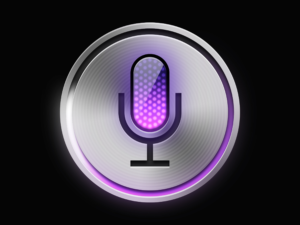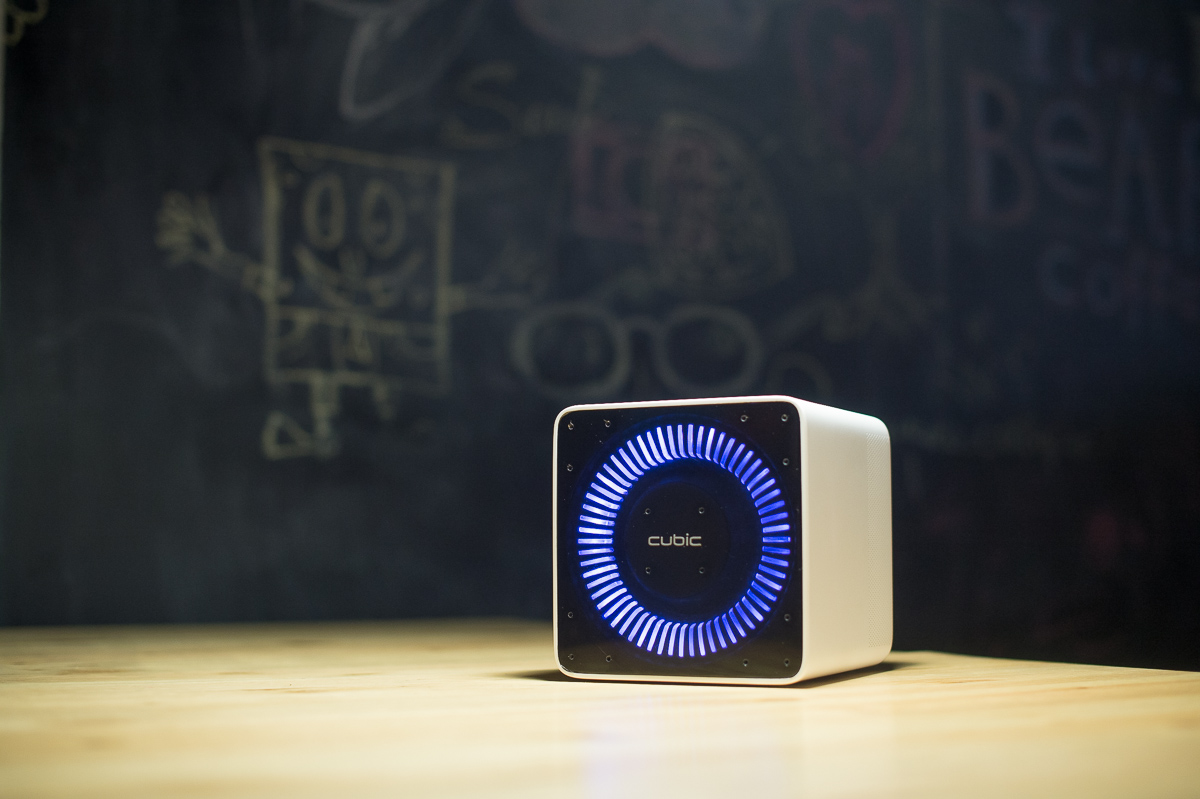
“Siri.”

“Okay Google.”

“Alexa.”
You can put almost anything in quotes and it’d be a voice command for some sort of device. This week adHOME discovers Voice Assistance and the devices and brands that are looking to capitalize on this technology.
The first big brand that’s taking a bite of this pie is Amazon. Last year they released their Amazon Echo, a portable Bluetooth speaker that is continuously listening for the voice command, “Alexa.” Once it’s been activated with this word, you can ask it pretty much anything. They’ll also be releasing the Tap in a few weeks, which works pretty much the same as the Echo, but it is activated through pressing a button instead of a voice command.
Of course, Apple has always had Siri, an app that listens to and answers your questions. Google’s response to Siri is Google Now. When you’re on a Google Now screen, you can say “Okay Google,” and ask a question, which Google then runs through its powerful search engine and gives you the answer.
Another interesting idea is Cubic, a device in the shape of a cube that, much like Amazon’s Alexa, sits on a surface near you—or it can be routed through a clip on mic back to the cube at home—and you can ask it questions. The difference with Cubic, however, is that it’ll have a conversation with you, offering reminders and tips in a more natural way, without specific prompting. For example, it will tell you to wear a jacket if the temperature is low, even if you don’t ask about the weather.

This technology has been around for quite some time, but it is only recently that it has become useful in our everyday lives. Like we said last week about drones, it’s always important for adHOME to be on top of the latest technological developments, because these technologies might become something useful for you and your company or customers.
As this technology moves forward and continues to get more advanced, we will see how voice activated devices fit into our everyday lives, and how we can use them to become more efficient writers, workers, artists, teachers, and marketers.